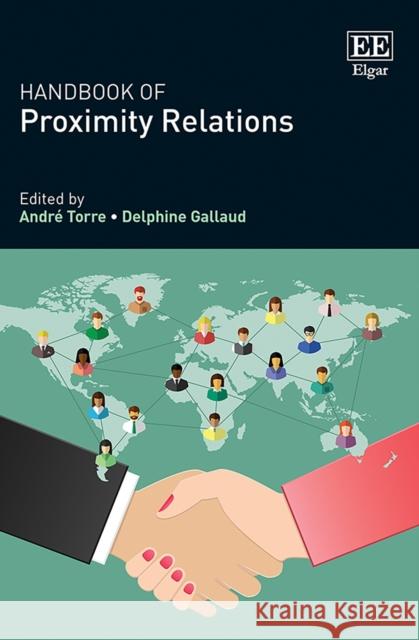Handbook of Proximity Relations » książka
Handbook of Proximity Relations
ISBN-13: 9781786434777 / Angielski / Twarda / 2022 / 496 str.
This Handbook is a state-of-the-art analysis of proximity relations, offering insights into its history alongside up-to-date scientific advances and emerging questions. Its broad scope - from industrial and innovation approaches through to society issues of living and working at a distance, territorial development and environmental topics - will ensure an in-depth focus point for researchers in economics as well as geography, organizational studies, planning and sociology. Split into four distinctly thematic parts, the Handbook explores the precise definition of proximity relationships and their diversity, including the role they play in social and economic interactions as well as examining the origins and evolution of such relationships. It further presents a detailed overview of the main methods of analysis, highlighting the link between proximity relationships and exchange of information while explaining how exchanges at a distance rely on links of organized proximity, something that plays an increasing role in our societies. This engaging Handbook will provide an excellent update for scientists and researchers on the recent developments in the analysis of proximity relations as well as students looking for precise and detailed information on the main characteristics of proximity relations, regional and spatial analysis, and the major analytical tools.











